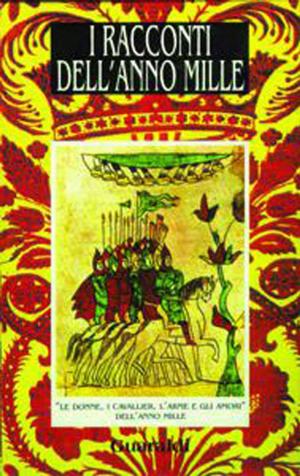At Gettysburg, or, What a Girl Saw and Heard of the Battle
Nonfiction, History, Americas, United States, Civil War Period (1850-1877), 19th Century, Biography & Memoir, Historical| Author: | Matilda "Tillie" Pierce Alleman | ISBN: | 1230003263396 |
| Publisher: | Carolingian House | Publication: | June 5, 2019 |
| Imprint: | Language: | English |
| Author: | Matilda "Tillie" Pierce Alleman |
| ISBN: | 1230003263396 |
| Publisher: | Carolingian House |
| Publication: | June 5, 2019 |
| Imprint: | |
| Language: | English |
On June 30th, 1863, fifteen-year-old resident of Gettysburg, Tillie Pierce, saw Union General Buford and his cavalry pass through the town.
For the next three days she would be a witness to one of the bloodiest battles on American soil.
On the first day, while cannons boomed on Seminary Hill and Cemetery Hill, Tillie was taken away from the heart of Gettysburg to a small farm on Taneytown Road, thinking that she would be safer there, but this did not shield her from the realities of war.
It was on this day that she had the horrific experience of seeing a dead soldier for the first time. She would see more in the coming days.
As Tillie recounts her experiences of assisting doctors and nurses in tending to wounded soldiers to providing a small tin of water to General Meade, the reader is transported into the heart of the battle from the viewpoint of a young observer.
As the veteran who provides the preface states, “The story is told with such marked faithfulness, such honesty of expression, such vividness of portrayal, that those who lived in, and passed through those scenes, or similar ones, will at once recognize the situations, and surroundings, as natural and real.”
Written a number of years after the event, Tillie provides a day by day analysis of what she saw and heard during that time, before, during and after the battle.
After the Civil War Tillie married a lawyer, Horace Alleman, and moved to Selinsgrove, Pennsylvania. She recorded her account of Gettysburg in 1885. She died in Philadelphia in 1914.
On June 30th, 1863, fifteen-year-old resident of Gettysburg, Tillie Pierce, saw Union General Buford and his cavalry pass through the town.
For the next three days she would be a witness to one of the bloodiest battles on American soil.
On the first day, while cannons boomed on Seminary Hill and Cemetery Hill, Tillie was taken away from the heart of Gettysburg to a small farm on Taneytown Road, thinking that she would be safer there, but this did not shield her from the realities of war.
It was on this day that she had the horrific experience of seeing a dead soldier for the first time. She would see more in the coming days.
As Tillie recounts her experiences of assisting doctors and nurses in tending to wounded soldiers to providing a small tin of water to General Meade, the reader is transported into the heart of the battle from the viewpoint of a young observer.
As the veteran who provides the preface states, “The story is told with such marked faithfulness, such honesty of expression, such vividness of portrayal, that those who lived in, and passed through those scenes, or similar ones, will at once recognize the situations, and surroundings, as natural and real.”
Written a number of years after the event, Tillie provides a day by day analysis of what she saw and heard during that time, before, during and after the battle.
After the Civil War Tillie married a lawyer, Horace Alleman, and moved to Selinsgrove, Pennsylvania. She recorded her account of Gettysburg in 1885. She died in Philadelphia in 1914.















